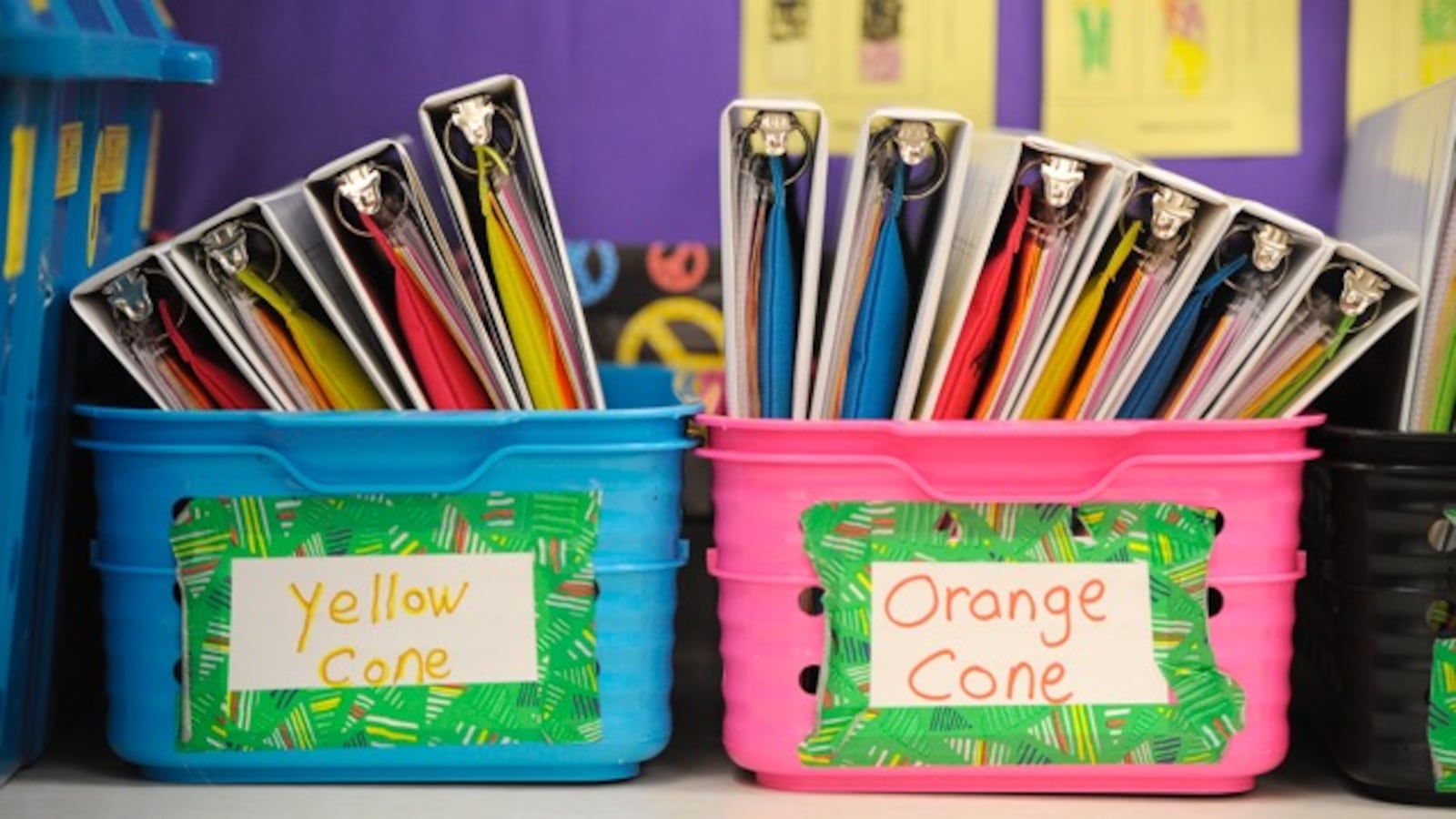For the second year in a row, Indianapolis Public Schools expects to pay next year’s bills by dipping into savings.
With a recent drop in state aid and expensive start-up costs for new programs that will decentralize administration, the district’s budget for next year shows that administrators plan to spend more than they expect to take in, but district leaders say the deficit spending will pay off in the long run.
Weston Young, the district’s chief financial manager said it makes sense for the district to use reserves to launch programs such as the autonomy pilot and innovation network schools. District leaders expect those initiatives to increase district enrollment, which is tied to state aid. The spending also will help improve efficiency with steps such as automating payroll, he said.
“This is a year of investment,” Young said.
The state’s largest school district is running a deficit of more than $12.6 million this year, and it projects a $5.5 million deficit next year, according to a budget estimate presented to the school board by Young. For now, the district can afford to rely on savings because it has about $63 million in cash reserves — funds it typically rolls over from one year to the next. But with each year of deficit spending, it digs a bit deeper into that stockpile.
Depending on how the district is spending funds, it could make sense to run a deficit, said Michael Huber, CEO of the Indianapolis Chamber of Commerce.
“The key is, if enrollments are declining in a given window of time, are they also making tough financial decisions to keep pace?” Huber said.
Just two years ago, IPS was in an apparent financial crisis, facing a purported $30 million budget deficit and the prospect of dramatic cuts. When Superintendent Ferebee took over leadership, however, a new accounting revealed that the district actually had a surplus. It’s been on relatively solid financial footing since, although it has seen state support decrease due to funding cuts and enrollment declines.
About $5 million of next year’s budget will go toward an investment fund designed to help the district implement its strategic plans, including launching autonomy and innovation network schools. But the district also has mounting costs in other areas. Recent teacher raises included in the latest contract, for example, will cost about $4.3 million this year, and the district is paying the entire cost out of reserves.
The district, which educates nearly 10,000 fewer students than it did a decade ago, is supplementing its budget by selling off underused buildings, including schools and other facilities. It expects to make about $6 million off property sales next year.
Selling off property may seem like an option of last resort for the district, but there may be strategic benefits even if IPS doesn’t need the cash immediately, said Mark Fisher, who handles government relations and policy for the Chamber.
During the IPS budget crisis, the Chamber produced an analysis of district spending that made several recommendations, including calling for it to sell or repurpose underused school property.
“Sometimes they just don’t need that amount of space anymore,” Fisher said. “The space is inefficient.”
The budget challenges are exacerbated by cuts in state funding. Last year, Indiana lawmakers shifted money away from high-poverty urban districts to growing, suburban school districts with higher-income students. Between last year and this, the state cut the district’s aid by about $200 per student, according to calculations from the Center for Evaluation and Education Policy.
Funding for IPS will increase again next year, but the district is still expected to lose out on close to $17 million in state aid over two years if statehouse enrollment projections prove accurate. But Ferebee is betting that lawmakers will reverse course by increasing funding.
“At some point the state … has to invest more in public education,” Ferebee said. “There’s no way that I think our legislators would expect us to continue to operate public education at the same level of funding.”


